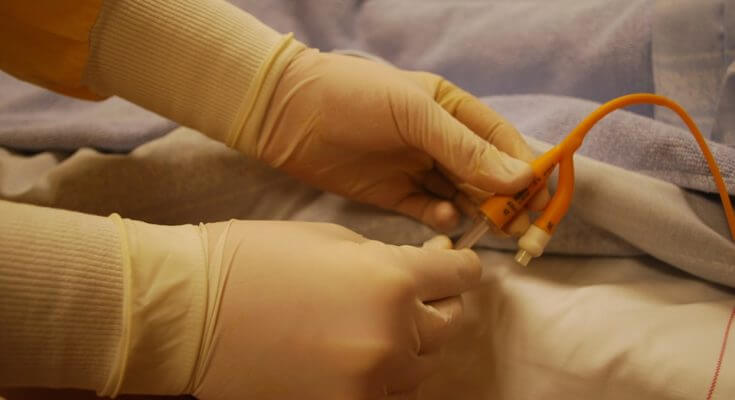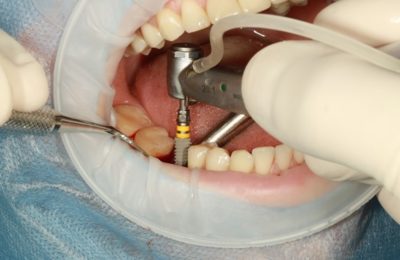Healthy people have a natural ability to urinate on their own without requiring any external force or medication. In some cases, there are medical conditions or injuries that impede this very in-built ability to urinate, forcing us to look for a viable medical solution. After all, the urine can’t be allowed to remain stored inside the body else it can result in grave risks to the kidneys and bladder. The doctors thus use a Foley catheter – a thin, sterile tube – and insert it into the bladder to drain urine. It’s also called an indwelling catheter as it can remain in place in the bladder for as long as the need is.
Uses of Foley catheter
Catheterization is an essential medical procedure to drain the urine out of the bladder into a bag attacked with the catheter. The urine is made to drain through the catheter when the patient is not able to urinate on own.
Here are cases when a Foley catheter may be used –
- The tube is necessary when someone is facing problem with retention of urine which is causing urinary hesitancy
- The tube is also used when the force of the urinary system is decreased or when there is some interruption in the system
- A catheter becomes necessary when some anatomical condition causes the obstruction of the urethra and make it difficult to urinate
- People plagued with prostate cancer or narrowing of the urethra may also require the tube
- Doctors often use a catheter to monitor urine output in an injured or critically ill person
- The tube is generally also used to collect urine sample for diagnostic purposes
- Use of a catheter is also common in people post-surgery or those with some type of bladder dysfunction
Risks associated with the use of Foley catheter
Although Foley catheters are an essential medical equipment, its uses are not free from certain amount of risk. Therefore, you should only consult a healthcare professional for catheterization or related issues. The risks may include –
- There will always be a risk of infection into the bladder when a catheter is used
- The risk of infection in the urine will be in proportion to the duration of use of the catheter
- Urinary tract infections (UTIs) is also a risk and lack of proper hygiene with the tube is one of major reasons behind that
- There is always a chance of the balloon going broke while the catheter is inserted
- There may be a case when the balloon does not inflate even after the catheter is in place and in such a case, a new tube should be used
- An incorrect positioning of the tube and bag can obstruct the urine flow or may stop the urine flowing into the bag
- You may also see the urine flow blocked either due to some problem with the catheter or bag or both, and this calls for the replacement
- In some cases, the urethra might start to bleed the moment after catheterization
- Bladder spasms can occur with catheterization as in such case medication will be needed













